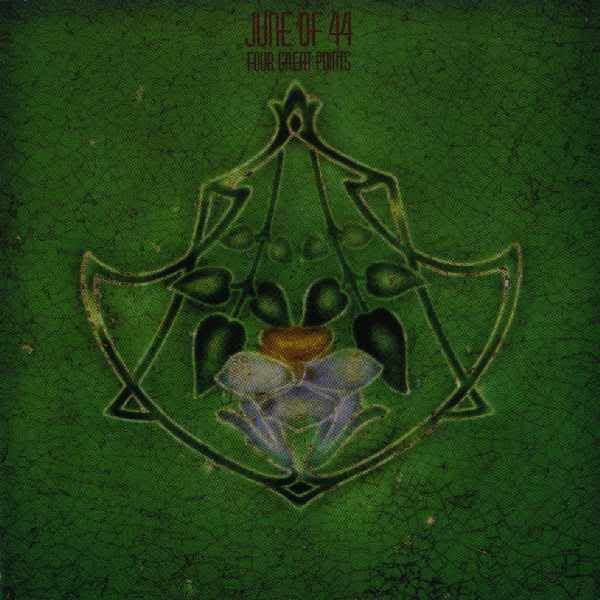
There's a particular reason I chose this album to be the first post; to me it's archetypal to what I want to do here, which is to really dig deep and find out WHY a record or band is good, on a technical level.
To start with, the recording and production is a huge factor in any album. More so if the music is especially suited to a particular sound or style of production. Most of the album was recorded at Electrical Audio, which means it was likely handled by Bob Weston, a fantastic engineer on par with the studio's owner, Steve Albini.
The reason his style works so well with this band are because of the spaces that the band are able to leave between phrases and notes. For example, listen to the amazing Doomsday. The opening guitar harmonics seem random, but actually follow a strict tempo and rhythm that you only hear in between the notes.
When the bass enters, it leaves a perfect hole in the riff for the snare drum to come through.
Of course production aspects abounds on this track, namely the arrhythmic crashing of what sounds like pots and pans of to the sides of the stereo field. Again, it seems random, but it clearly repeats with an exact precision every time.
This track is a good example of what I called the layered approach to song writing. You simply take 5 or 6 or however many pieces, individual snippets of noise a few seconds in length, and move them in and out of the mix: in this song, the drums, bass, guitar, and percussion all drop in and out at various times. This manages to keep up for close to 4 and half minutes without feeling repetitive.
At the end of the song you can hear exactly how the bass is recorded: probably a low wattage tube amp through 15" speakers, a great micing technique, lots of high end roll off, and some compression.
This album is full of Fred Erskine's great and dexterous basslines. Songs like Cut Your Face prove that a simple snare on the 3 and loose hi-hats are all you need to make a great rock chorus. Notice that the verses are differentiated by breaking down the drum beat, and letting Erskine wander all over the place note wise. When it comes back to the chorus, it's back to hitting that root in perfect time with Doug Scharin's kick drum.
The bridge shudders perfectly along thanks to the lurching triplet bassline. This is a perfect example of a bass (or guitar) technique that seems simple, but is difficult to master. A lot of it relies on the other musicians in the band recognizing it and playing the proper role - remaining steady on the straight beat. Otherwise, the polyrhythm doesn't work and it just sounds sloppy.
Notice that the guitar remains essentially unchanged for the whole song, and it's the drums and bass that divide the song into different places. The same style works on Does Your Heart Beat Slower, where guitar stubbornly refuses to change despite progression in the underlying rhythms.
Guitars are then replaced completely with sirens, noise, and Moog filter sweeps on Lifted Bells, but finally get their moment on Shadow Pugilist. It's not a difficult technique, just varying arpeggios, but it's a refreshing change from old and new "rhythm" guitarists who only understand power chords. Music is ultimately fractal in nature, and breaking down chords into arpeggios provides another level of detail.
Ultimately, it's because the band is so well balanced that this record works so well. Drums, bass, vocals, guitars, and noise are given equal billing across the record. So many bands now rely on a single good element - a good singer, a ripping guitarist, a killer drummer - and let them carry the rest of the band. Generally this works for pop music, where the listener is only in tune with hook (modern pop music often strips itself down to only hook and literally nothing else).
June of 44 was a band of equally talented individuals, and no single element is responsible for making the record successful.
Here are the properties of the record we're likely to see repeat in other great albums:
-Shared responsibility between instruments
-repetition
-distinctly EQed instruments (bass is low, guitar is high)
-tightly synced rhythm section (which includes the guitars) making purposeful use of off time rhythms.
-heavy reliance on dynamics (in this case, of noise and songwriting; instrumental and vocal material; amplitude; and space or timing (staccato versus legato))
There's not a lot material from them online, but here's a great live video:
No comments:
Post a Comment